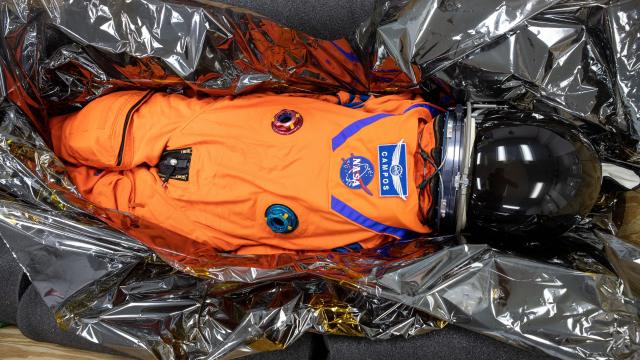Analysis of the three returning manikins will uncover the extent to which Orion and a promising new radiation vest will protect human crews during future missions to deep space.
The uncrewed Orion splashed down in the Pacific Ocean on December 16 following a 25-day trip beyond the Moon and back. The Artemis 1 demonstration mission was a huge success, showcasing NASA’s new Space Launch System (SLS) rocket and Orion spacecraft. The mission sets the stage for Artemis 2, a repeat trek around the Moon but with actual astronauts on board.
Post-flight inspections
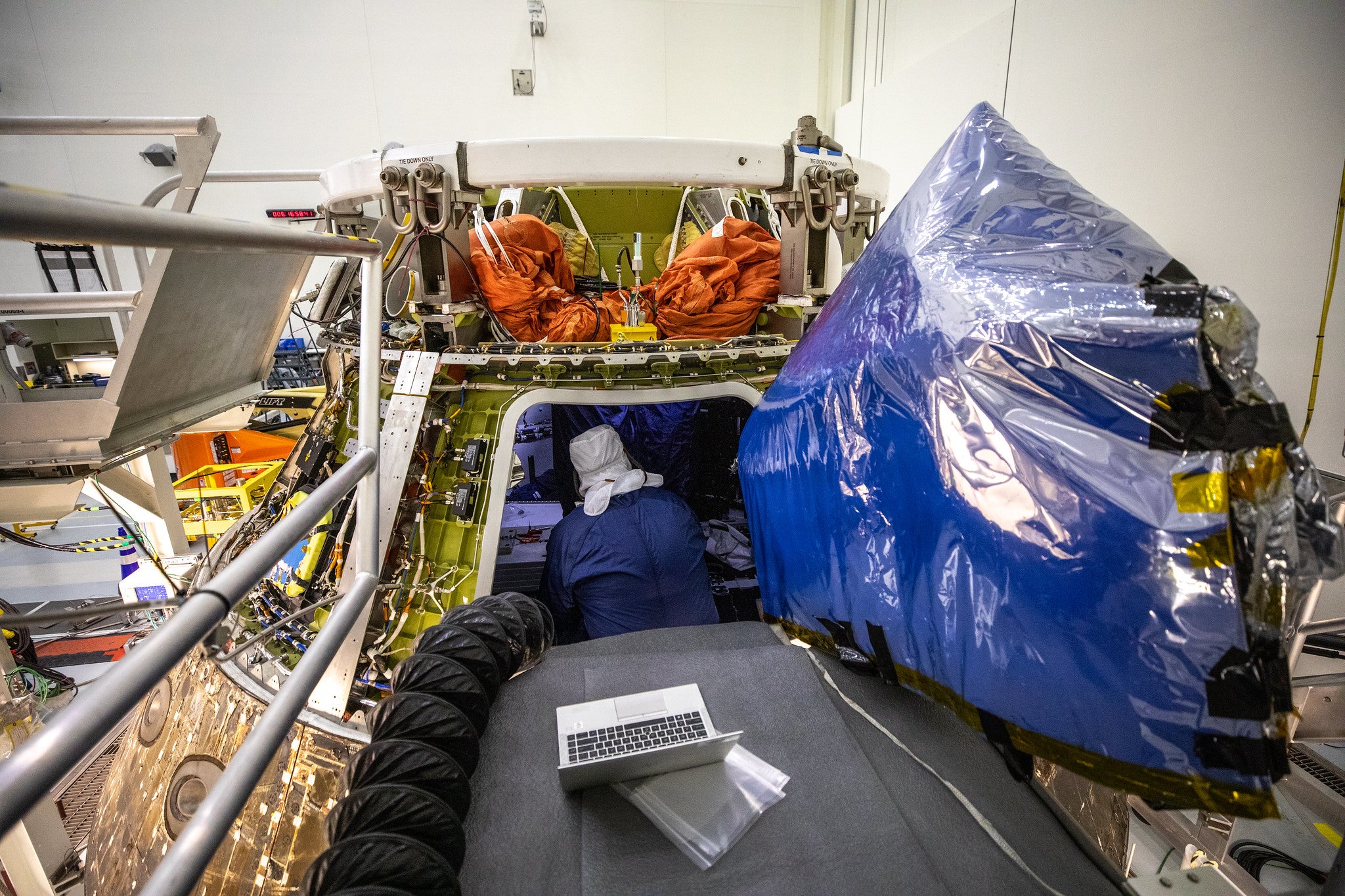
Orion arrived at Florida’s Kennedy Space Centre on December 30, where it’s undergoing de-servicing and post-flight inspections at NASA’s Multi-Payload Processing Facility. NASA technicians have removed external avionics boxes, inspected the capsule’s windows and back shell panels, and extracted air samples from inside the spacecraft. Excitingly, they’ve also opened the hatch and removed the three manikins who survived the historic 2.25-million-km journey to the Moon and back.
Returning payloads
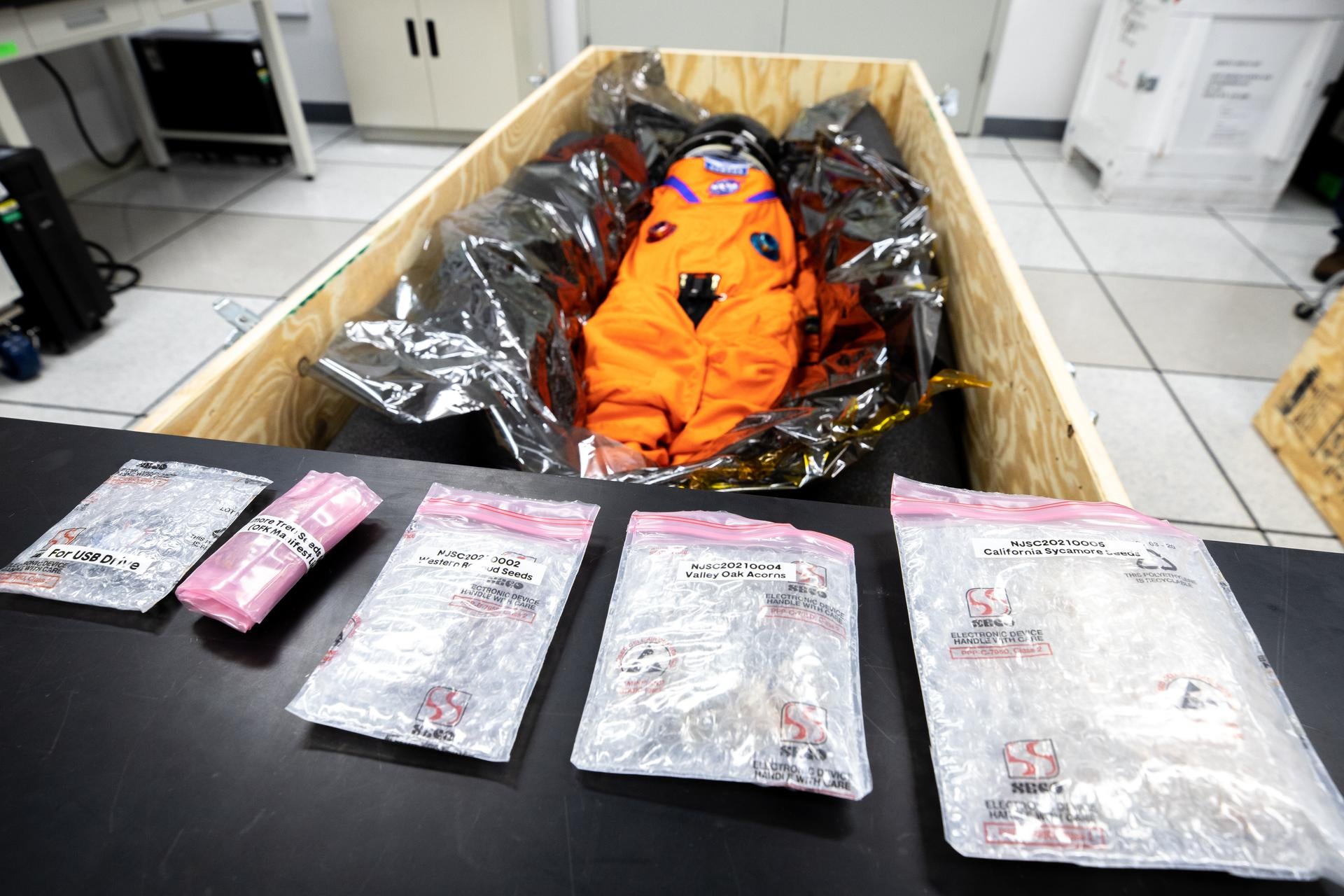
Moonikin Campos, named after Apollo 13 engineer Arturo Campos, was finally liberated from Orion on January 10.
Radiation, vibrations, acceleration

The manikin, wearing an actual Artemis spacesuit, was sent with sensors to measure levels of radiation exposure. Acceleration sensors underneath Campos’s seat and headrest measured the vibrations and gravity loads he experienced as SLS took off from the Kennedy launch pad on November 16. The same sensors recorded similar stresses as Orion returned from the Moon, hitting the atmosphere at speeds reaching 39,590 km per hour.
Next stop: Johnson Space Centre
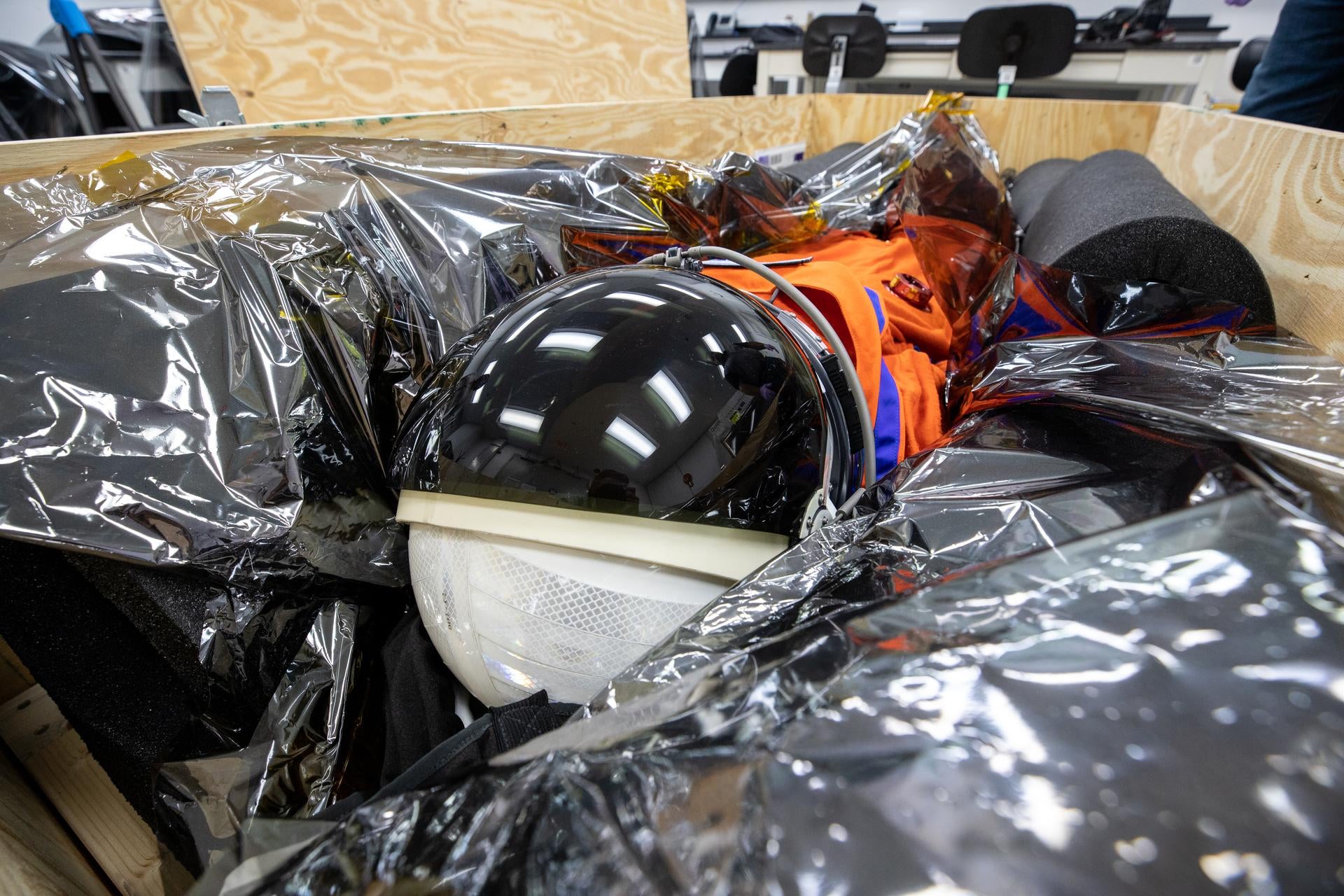
Campos is now en route to NASA’s Johnson Space Centre in Houston, where he will be analysed to determine the extent to which Orion will protect a live crew during similar missions to the deep space environment.
Helga and Zohar

The Helga and Zohar manikins were pulled from Orion on January 11. The two torsos mimicked the female form, as women appear to be at greater risk of suffering from the harmful effects of space radiation.
Space is a dangerous place
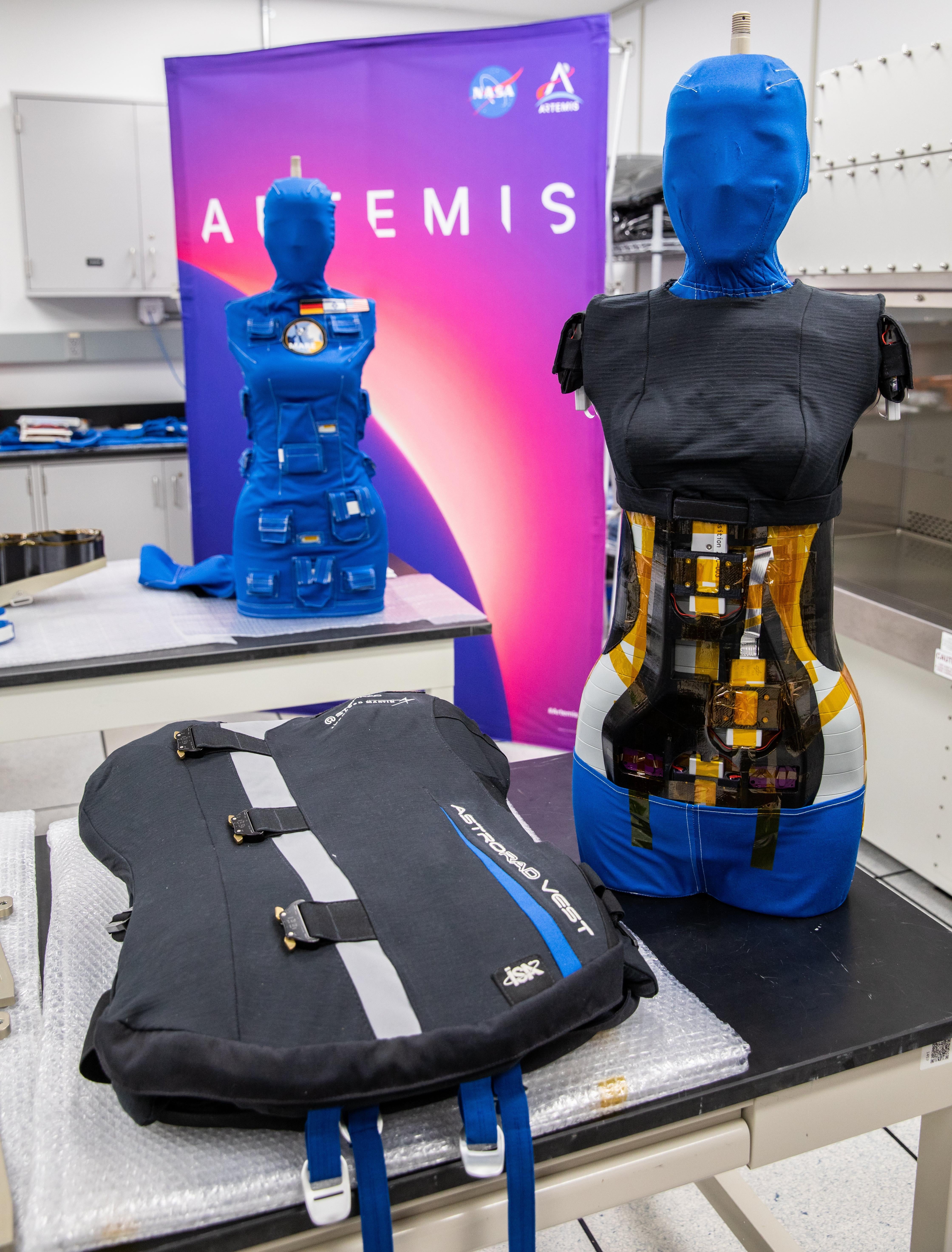
At its maximum distance, Orion was 432,194 kilometres from Earth, setting a new record for a passenger-rated spacecraft. That’s far from Earth’s protective magnetosphere and a dangerous place for astronauts, as far as exposure to radiation is concerned. To prepare for future crewed missions, Helga and Zohar participated in the Matroshka AstroRad Radiation Experiment (MARE) investigation, a collaboration between the German Space Agency (DLR) and Israeli firm StemRad.
In Astrorad we trust
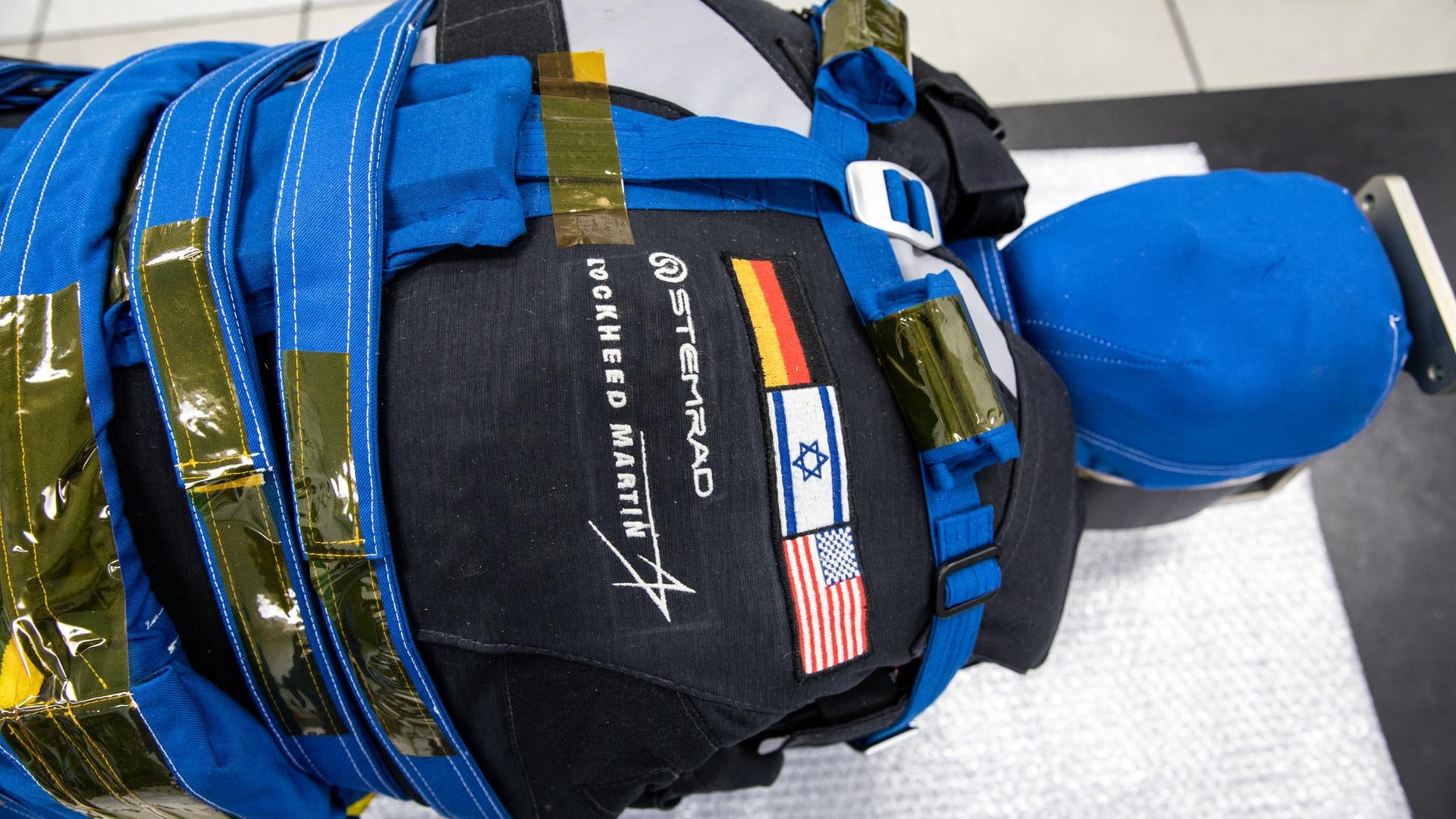
Both torsos were equipped with radiation detectors. Helga served as the control, raw-dogging it through deep space without protection, while Zohar wore a protective vest known as Astrorad. NASA will remove the radiation detectors and ship the torsos to the DLR for further analysis.
Don’t forget Snoopy
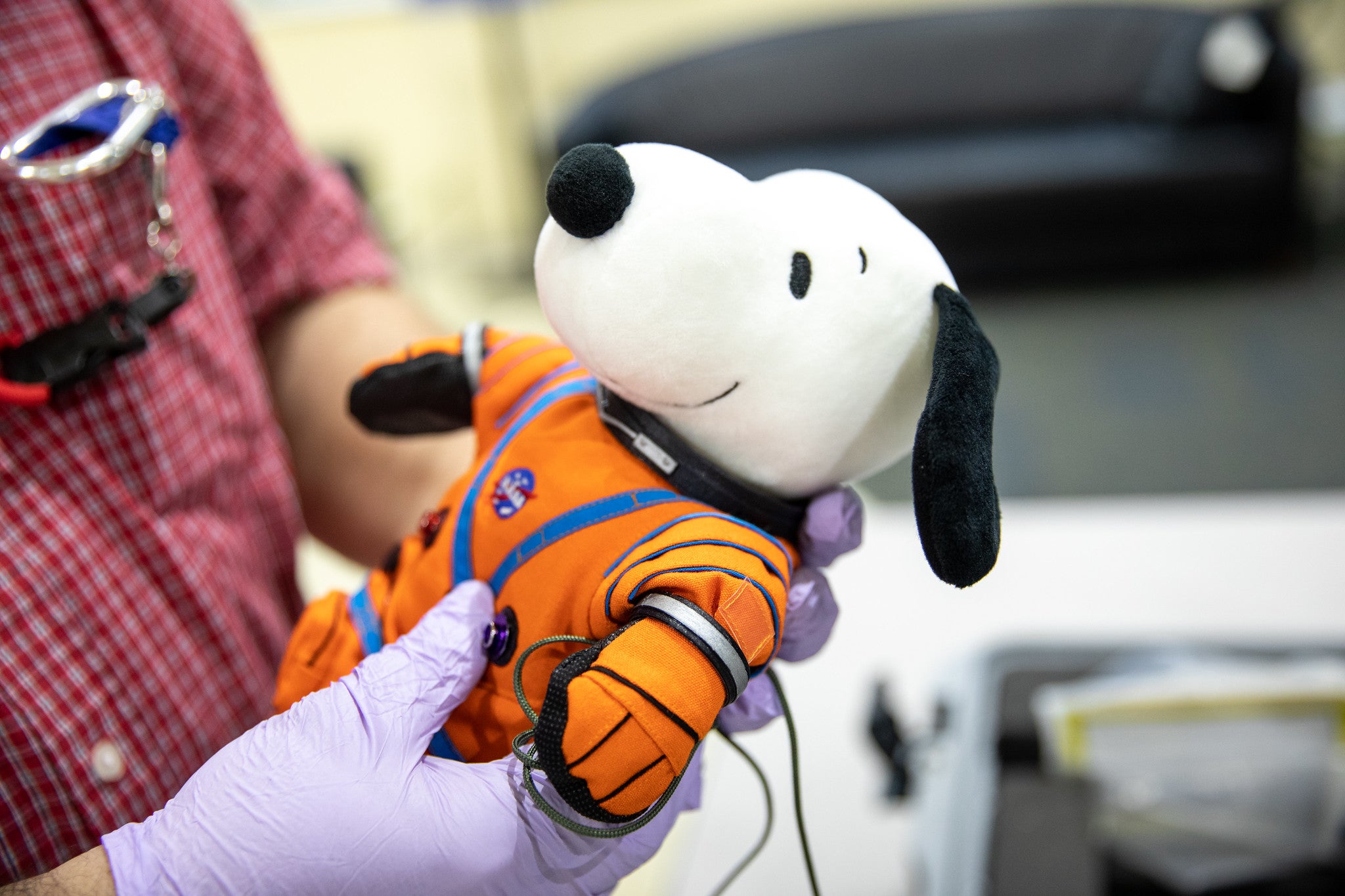
We would be remiss not to mention the Snoopy zero-gravity indicator, which also came along for the ride. The plush doll, wearing an Orion spacesuit, was inside the crew cabin during Artemis 1 and could be seen floating around the capsule alongside Campos.
“NASA has held an association with Snoopy since the Apollo Era — the character has contributed to the excitement for NASA human spaceflight missions, helping inspire generations to dream big, and is a symbol of NASA’s safety culture and mission success,” the space agency said.
